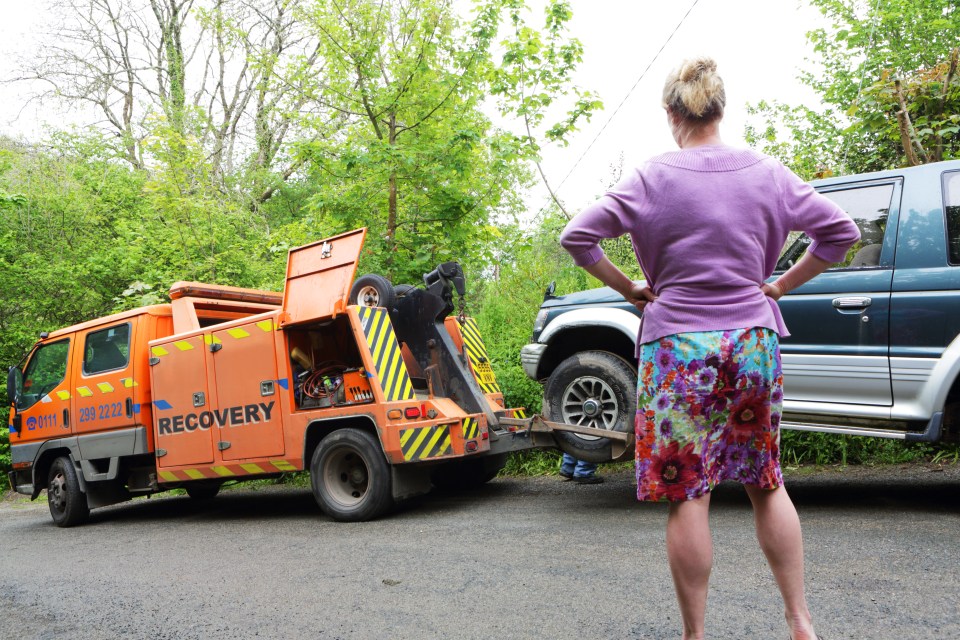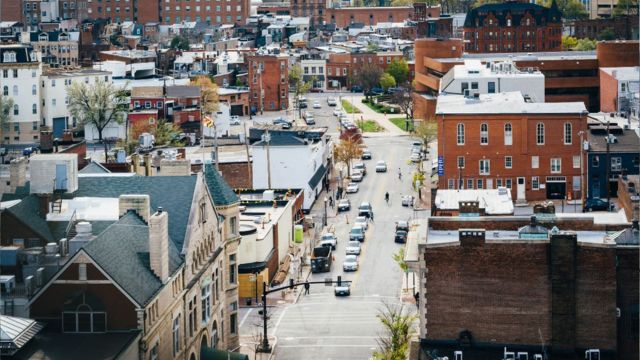10 Most Dangerous Neighborhoods in America
Choosing a new home involves more than just admiring potential living spaces; it requires assessing the surrounding area’s safety and community health. High crime rates can significantly impact residents’ quality of life and property safety. This detailed exploration covers the ten neighborhoods in the United States with the most daunting safety challenges, guiding you to make well-informed decisions about your next move.
10. Downtown LA, Los Angeles, California:
With a population of 82,703, Downtown LA presents a mixed image, overshadowed by its high crime rates: 4,000 incidents per 100,000 people. The area’s issues, attributed to an increasing homeless population and drug problems, reflect broader social challenges within California’s largest city. Despite its Hollywood allure, Downtown LA’s elevated crime levels, particularly in violent and property crimes, paint a contrasting picture to the glitzy facade associated with the city.
9. Geyer Springs, Little Rock, Arkansas:
This neighborhood, with a small population of 2,872, sees a total crime rate of 6,700 per 100,000 people. Little Rock’s reputation for danger is encapsulated in Geyer Springs, especially noted for property crimes and violent incidents. Economic struggles significantly contribute to this area’s crime rate, with the median household income sitting at a low $29,601, far below the city’s average.
8. Bayview, San Francisco, California:
Home to 33,996 residents, Bayview experiences a total crime rate of 6,900 per 100,000 people. As a part of San Francisco, it struggles with issues akin to the larger city, including significant property-related crimes. The violent crime rate, while lower compared to others on this list, is still substantially above the national average. Bayview’s struggles with homelessness and poverty echo the larger crises facing San Francisco.
7. Belmont, Detroit, Michigan:
With approximately 2,700 residents, Belmont’s crime rates are alarmingly high, with a total of 7,050 incidents per 100,000 people. Detroit’s notoriety for dangerous neighborhoods is embodied in Belmont, with violent crimes being particularly prevalent. The area’s average income, significantly lower than the national figure, underscores the economic despair often associated with high crime rates.
6. Sunnyside, Houston, Texas:
Despite its hopeful name, Sunnyside reports severe safety issues within its 18,604 population. The neighborhood’s crime statistics are troubling, with an unclear breakdown between violent and property crimes but a noted overall high rate. Residents face a 1 in 11 chance of becoming a crime victim, indicating pervasive safety concerns and a notable dissatisfaction with local law enforcement responsiveness.
5. South Blue Valley, Kansas City, Missouri:
With 1,403 inhabitants, this area records a total crime rate of 9,900 per 100,000 people. South Blue Valley’s crime statistics are significantly above the national average, placing it among Missouri’s most dangerous locales. Despite a relatively higher median income compared to others on this list, the neighborhood’s crime rates, especially regarding property crimes, remain dauntingly high.
4. Pines Village, New Orleans, Louisiana:
This neighborhood, with 4,140 residents, sees crime rates equal to South Blue Valley’s but with a higher incidence of violent crimes. The severe poverty in Pines Village contributes to its position as one of the most perilous areas, with a staggering 591% higher violent crime rate than the national average. The economic hardship is reflected in the median household income, which is drastically lower than the national average.
3. Shelby Forest-Frayser, Memphis, Tennessee:
This large neighborhood, with 34,345 residents, experiences a total crime rate of 10,400 per 100,000 people. Known for a high rate of violent crimes, Shelby Forest-Frayser’s statistics are particularly alarming, with crime rates 705% above the national average. Economic conditions here mirror those of other high-crime areas, with low median household income and high unemployment rates contributing to the area’s struggles.
2. Peabody-Darst-Webbe, St. Louis, Missouri:
This area, home to 2,378 people, faces extremely high crime rates, with violent crime rates being 862% more common than the national average. Despite St. Louis’s general decrease in crime, this neighborhood remains an exception, highlighting the stark disparities within the city. Economic and social challenges continue to plague the community, despite a median household income higher than many other neighborhoods on this list.
1. Quigley Park, Albuquerque, New Mexico:
As the most dangerous neighborhood in the United States, Quigley Park, with approximately 745 residents, faces unparalleled safety challenges. The total crime rate exceeds 14,000 per 100,000 people, with a violent crime rate 1,507% higher than the national average. Despite its small size, the community’s crime rates, especially for violent offenses, significantly overshadow those of much larger areas.
In conclusion,
while the allure of new surroundings can be captivating, the safety and well-being of oneself and one’s family should be paramount when considering a new place to live. The detailed examination of America’s most dangerous neighborhoods serves as a critical tool for prospective residents to make informed decisions.
It also acts as a wake-up call for community leaders, policymakers, and residents, underscoring the urgent need for concerted efforts to address the root causes of high crime rates, such as economic disparity, lack of educational opportunities, and insufficient law enforcement resources.
Furthermore, it’s important to remember that while statistics can guide decision-making, they do not define the entirety of a community’s story. Many individuals and organizations within these neighborhoods are actively working towards positive change and rehabilitation. It’s through community engagement, policy reform, and sustained investment in these areas that meaningful transformation can occur.
Ultimately, by understanding and addressing the complex factors contributing to high crime rates, there is potential not only to enhance the safety and quality of life for current residents but also to reshape these neighborhoods into thriving, vibrant communities. As we consider our own living situations, let us also consider how we can contribute to the broader social changes required to mitigate these issues, ensuring safer and more equitable environments for all.











